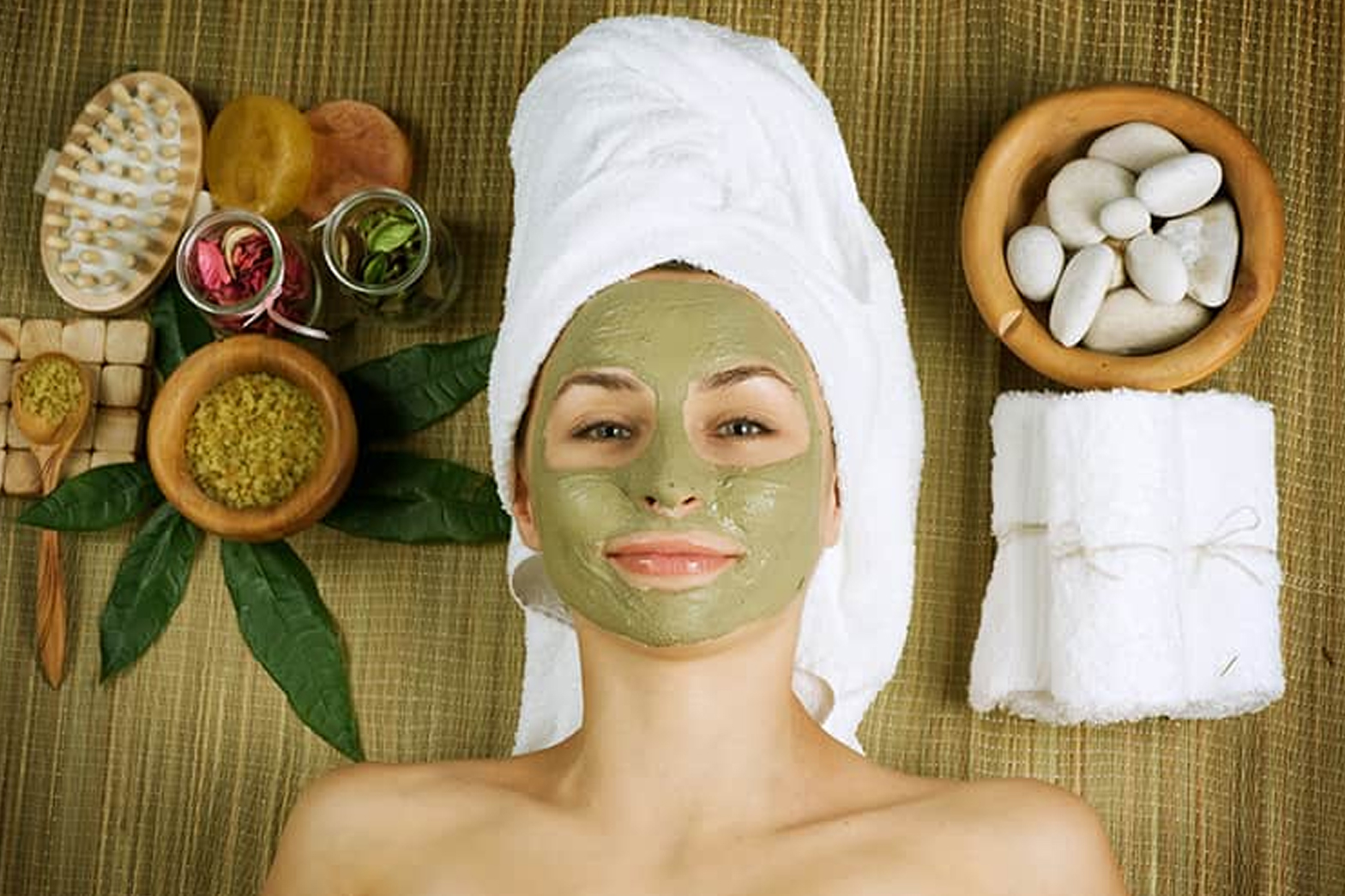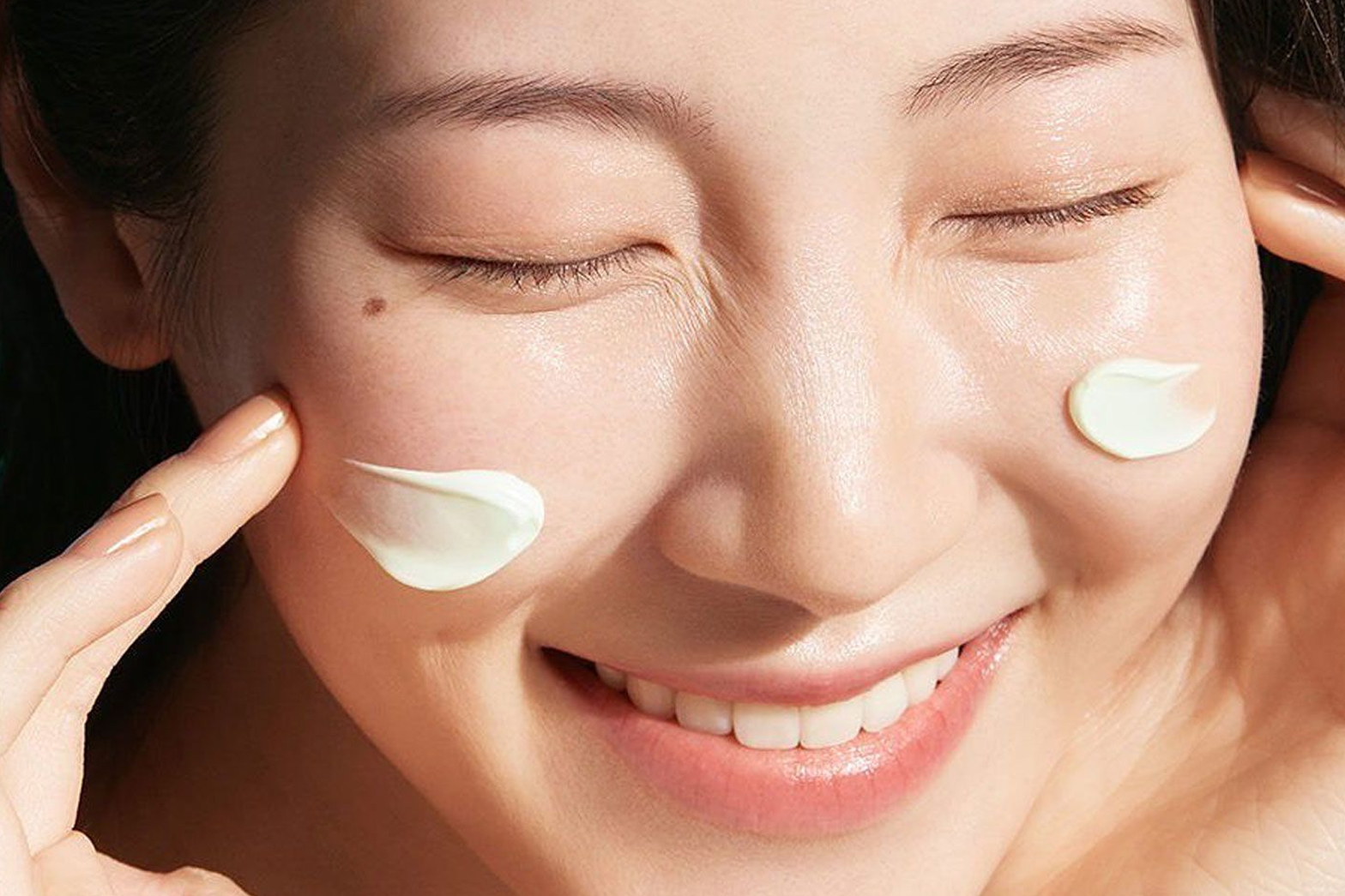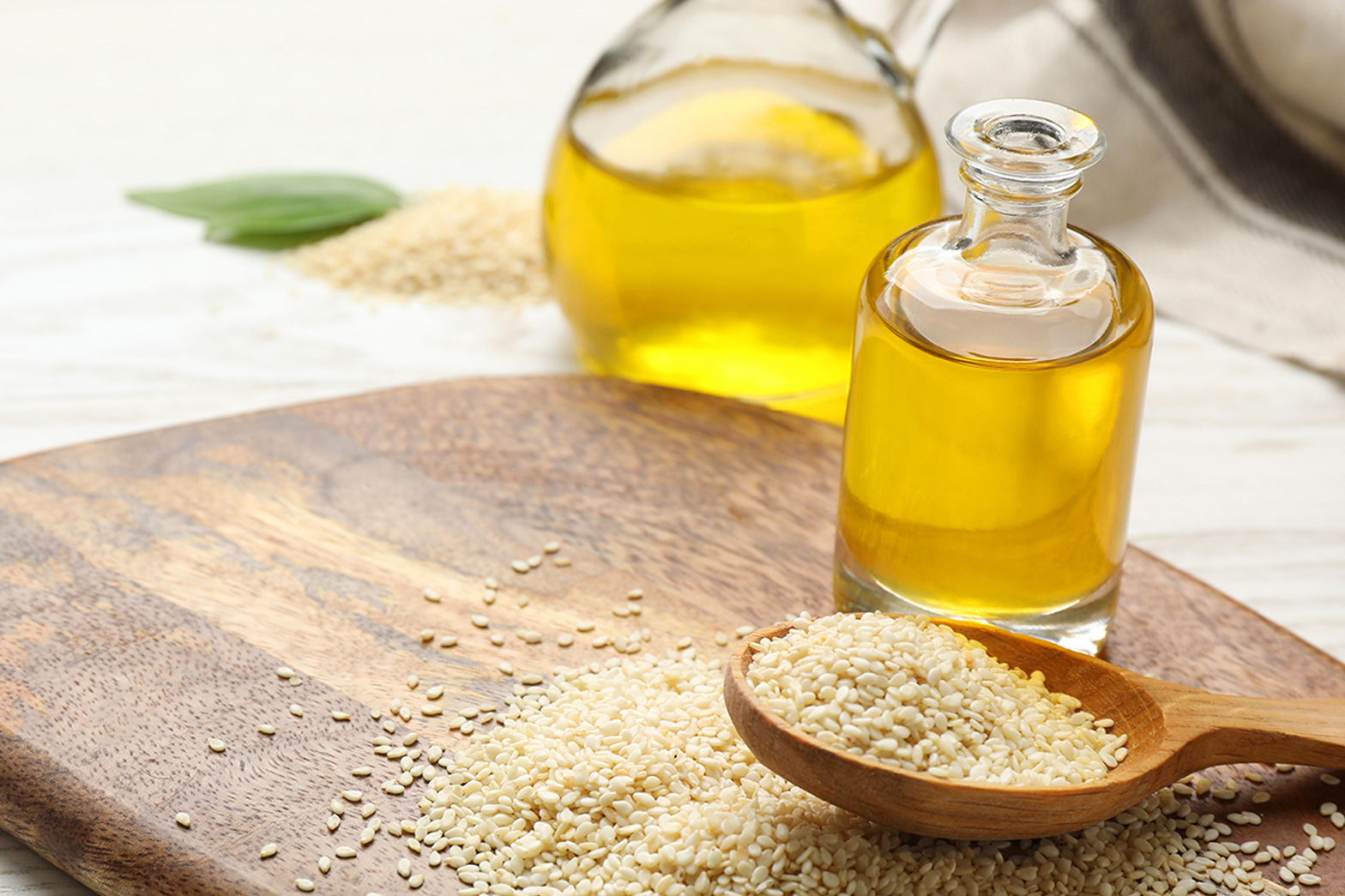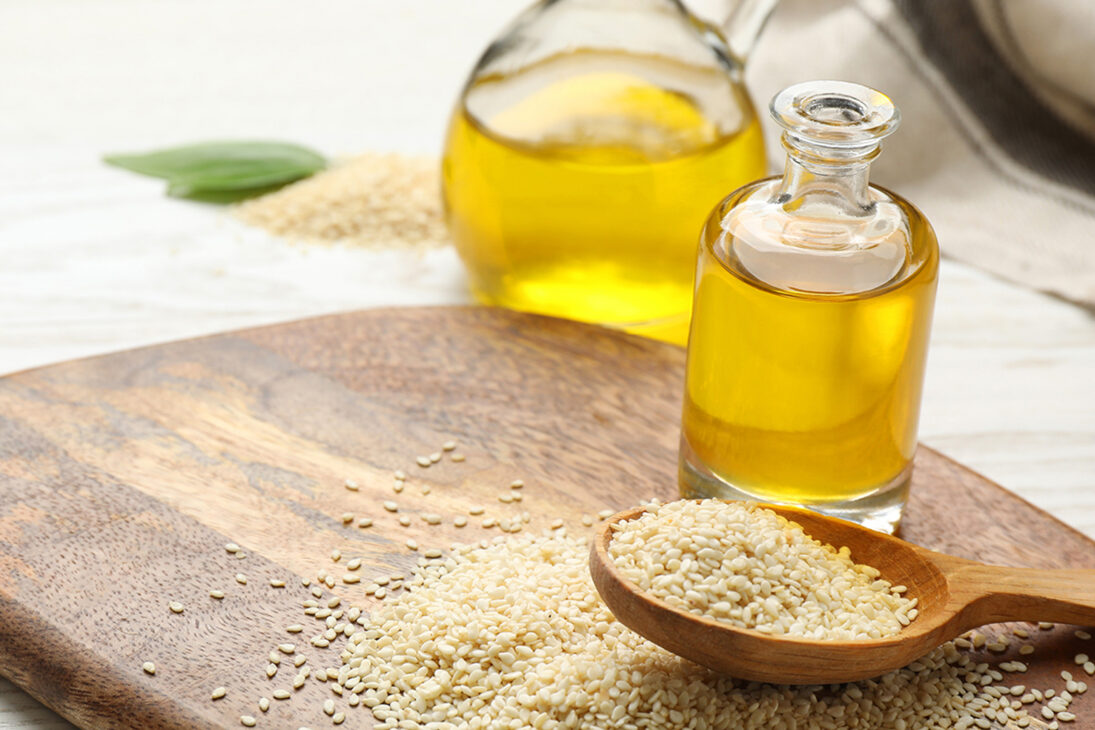
“Dry Skin Allergies Decoded: 10 Symptoms and Effective Treatment Approaches”

Supple, radiant and perfect skin is something we all desire, especially the youth of today. But for various reasons, perfect skin remains just a dream for many. There are broadly three skin types: normal, dry and oily. There are also combinations of the 3. As our skin is increasingly exposed to various harmful factors, it tends to react violently and take on the extremes of a dry or oily skin type.
What is dry skin?

Dry skin is called xerodermatitis and xerosis in extreme conditions and is a common skin condition. It mainly occurs due to a lack of sufficient moisture or oils in the epidermis, the top layer of skin. The result is dry patches and small, fine flakes on the skin.
Causes:
Dry skin is caused by both external and internal factors. External factors such as low humidity, cold temperatures, hot showers, excessive use of harsh soaps and disinfectants can dry out the skin. Internal factors such as age, genetics, and personal and family history of skin conditions such as allergies, asthma, and dermatitis also lead to skin dryness. People with thyroid disease also tend to have dry skin.
Basic conditions:
The skin consists of 3 layers – epidermis (outermost), dermis (middle) and subcutaneous (innermost). Epidermis, the protective layer, is made up of proteins and lipids (fat). Lipids help keep the skin hydrated. When the skin loses the fatty oils, it easily loses moisture and protection. This causes the skin to become drier and more sensitive to rashes and other problems (xerosis).
Eczema, psoriasis, dermatitis, hives etc. are the serious cases of DRY SKIN PROBLEMS
Dry Skin Allergy Symptoms:
Here are some symptoms of dry skin:
1. Rough, flaky skin and gray, ashy skin in people with dark complexions:
As already mentioned, dry skin lacks natural fatty oils and moisture. This causes the skin to become rough, flaky, flaky and sometimes hardened. Dandruff is one of the most common complaints caused by dry skin on the scalp. Dry skin flakes usually become pale, peel off and come off on their own.

2. Itching:
Itching can worsen the severity of dry skin. An “itch-scratch cycle” can occur. This cycle occurs more often when the person is not particularly conscious, such as when busy with an important work or during sleep, etc.
3. Red Spots:
The rough, raised patches of scaly skin can itch and cause a severe burning sensation. This burning sensation causes the skin to become red and red spots appear.
4. Cracks in the skin that may bleed:
Dry skin often tends to crack, especially in winter. These cracks become breeding grounds for microbes. These microbes cause infections in the cracks, causing itching, burning, and bleeding. This can lead to serious skin infections that can spread to other areas of the skin.
5. Cracked or cracked lips, palms and heels:
Chapped lips are the first symptom of a lack of water and moisture in the body. It can also be a sign of a dysfunction in the body. The same goes for cracked palms and heels. Although these are very common symptoms and mainly occur in winter, in severe cases you should seek medical attention.
Treatments for allergies with dry skin:
Depending on the condition and severity of the problem, there are different treatment options for dry skin. Treatments can be both external and internal. Some treatments are:
1. Moisturizing:
Moisturizing is an external treatment. Moisturizers are often applied to the problematic area of skin. Applying a moisturizer to damp skin is more effective. For extremely dry skin, moisturizers with urea or lactic acid are useful. These ingredients help the skin retain and retain water and keep the skin well hydrated. It is effective in not so severe cases. Some of the moisturizers are Vaseline, Aquaphor, Cetaphil lotion, Lubriderm lotion, Crisco vegetable shortening, etc. Topical steroid creams like Hydrocortisone 1% cream, Pramosone 2.5% cream, Triamcinolone 0.1% Cream and clobetasol 0.05% cream may also be prescribed.
2. Medication:
If the condition of the skin worsens, consulting a dermatologist is the best solution. The dosage of the medication depends on the severity of the case. If the condition becomes very severe, steroids may also be prescribed. Some of the oral medications are: hydroxyzine (Atarax), diphenhydramine (Benadryl), cetirizine (Zyrtec), loratidine (Claritin).
3. Lifestyle Change:
This is the most important factor in skin diseases. Most serious dry skin problems such as eczema, psoriasis, dermatitis, etc. can be directly related to an unbalanced, unhealthy or stressful lifestyle. A person must maintain healthy habits to avoid such ailments. One should avoid all things that can trigger or worsen the problem. For example, if a person is allergic to an environment or food that causes dry skin, they should avoid it. If pollution or cold is the cause, you should cover your skin when going out.

4. Moisturize in winter:
As already mentioned, dry skin occurs due to a lack of moisture. Humidifying the air to keep it moist is a good way to protect skin in winter. Humidifiers can be used both at home and in the office. They make the dry air moist and relieve the problems of dry skin.
5. Put on cool towels and avoid heat:
Heat is an enemy of dry skin as it strips it of moisture. Using hot water strips the skin of its natural oils, making it dry. To give your skin some rest, consider replacing hot water with warm water. You should also avoid frequent and long baths. Five to ten minutes in the bath will moisturize the skin, but longer is harmful to the skin. Strong soaps and cleaning products should also be avoided.
Dry skin is a common problem and is not well treated. If you want to avoid further complications, take care of your dry skin today. If necessary, make an appointment with a good dermatologist to find a solution.
When it comes to dry skin, simple and timely preventative measures are effective. Avoid harsh soaps and chemical cleaners. Additionally, avoid frequent and regular use of mild emollients and moisturizers. Luckily, dry skin is usually mild and easily remedied. So stop suffering in silence and seek help for beautiful, flawless skin!
Do you have dry skin? What treatments have you tried? Did they work? Let us know in the comments section below.
Share




















